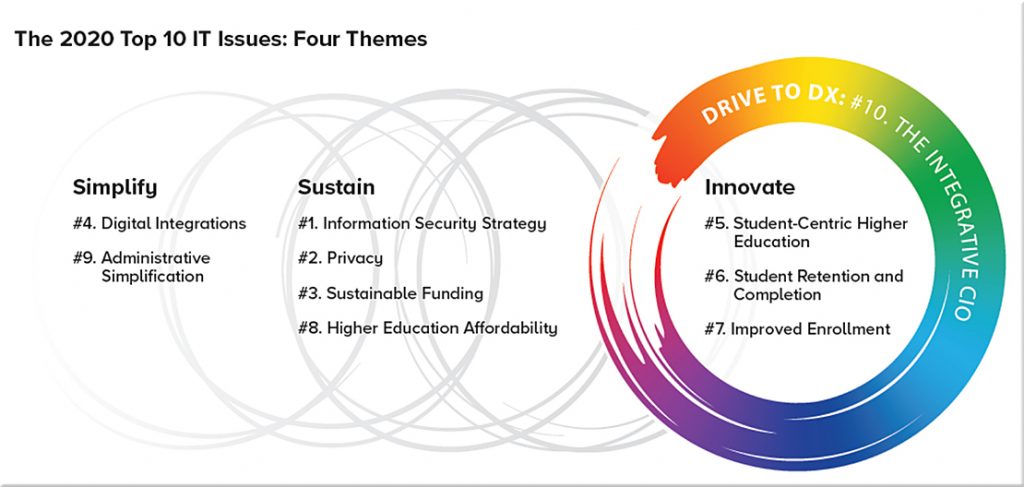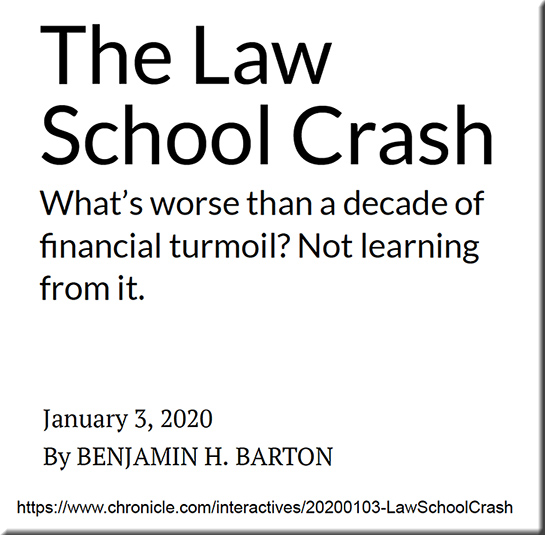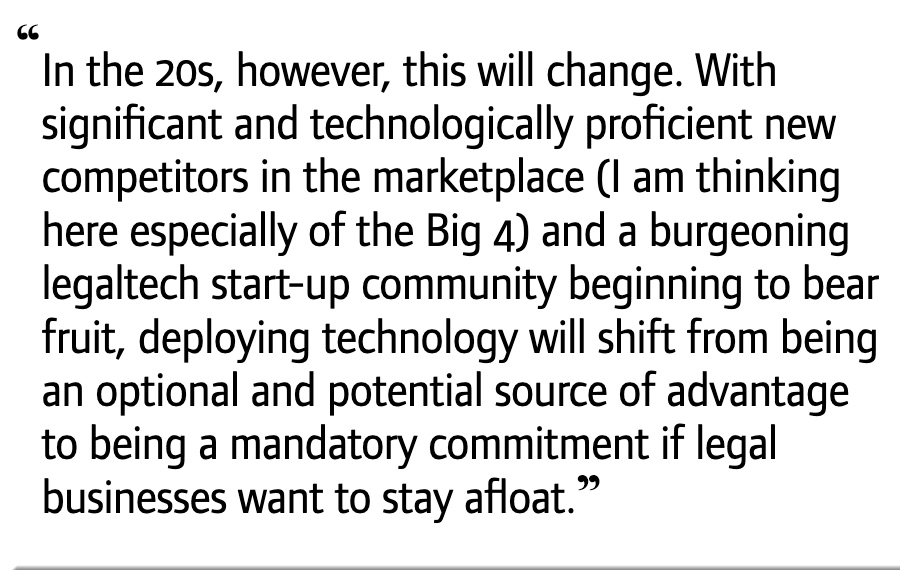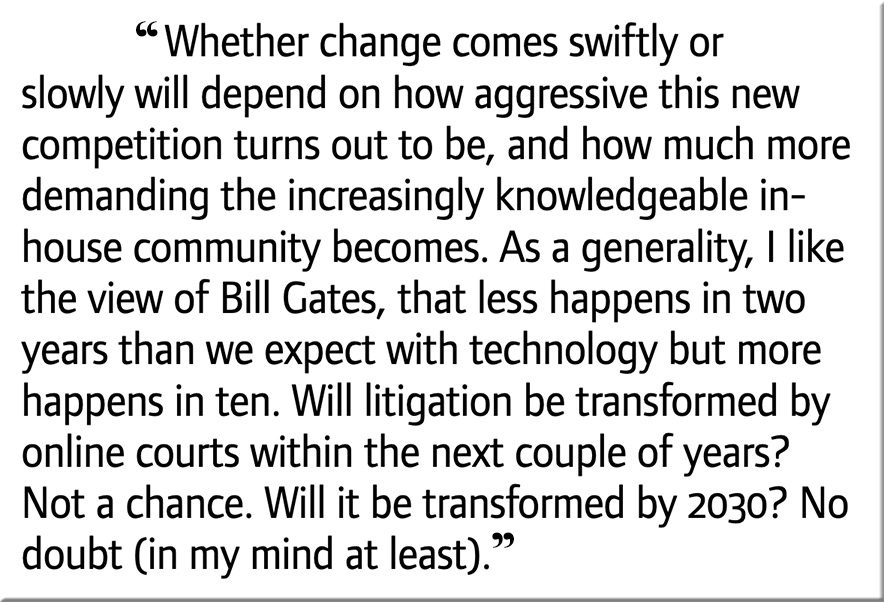2020 Top 10 IT Issues — from educause.edu
The Drive to Digital Transformation Begins | EDUCAUSE Review Special Report
Excerpt:
Colleges and universities are working to unmake old practices and structures that have become inefficient and are preparing to use technology and data to better understand and support students and to become more student-centric.
They are working to fund technology and to sustainably manage and secure data and privacy. Higher education institutions are applying data and technology to innovate student outcomes and experiences.
The role of the CIO is undergoing its own transformation in order to advance institutional priorities through the use of technology.
The focus in 2020, then, is to simplify, sustain, innovate, and drive to Dx in all of our institutions and places of higher learning.
From DSC:
To me, one of the key roles of today’s collegiate CIO should be to collaborate with the academic side of the house to identify ways to strategically use technologies to significantly lower the cost of obtaining a degree. Higher education affordability is listed as #8. That’s waaaaaay underestimating the issue and another key reason the backlash continues to build against traditional higher education. If things don’t change and a much cheaper — but still effective — means comes along, look out. Students and families are feeling the weight of the gorillas of debt on their back — weight that lasts for decades for many people today. Along these lines, issues involving privacy and data security — while also important to students — are mainly a CYA for colleges and universities. They don’t address the gorillas of debt as much as other solutions might.
Sorry if you don’t want to hear it, but one of the best solutions involves offering a significant amount of 100% online-based offerings. While this was mentioned, you can still get major pushback about this strategy. But you can’t tell me for one second that offering online-based classes is more expensive than offering traditional, face-to-face based classes. Why? What?! How could I possibly assert this?! The answer is quite simple. One just needs to request to review the budget of your Physical Plant Department. That’s why. Check it out if you can — you’ll see what I mean.
Also, though data is important, it won’t save colleges and universities from closing. What are some things that stand a better chance of doing that?! Here are some:
- Vision
- Developing a culture that supports innovation and a willingness to experiment/change
- Finding ways to significantly lower the price of obtaining a degree
- Scanning the horizons to see what’s coming down the pike and how that will impact our students’ futures. Then, develop the curriculum to best help our students prepare for their future.
“The CIO’s ‘role at the table’ has evolved to be one that is less about the mechanics of the IT organization and more about how IT can serve as a strategic partner in helping the institution execute its mission.”(source)
















